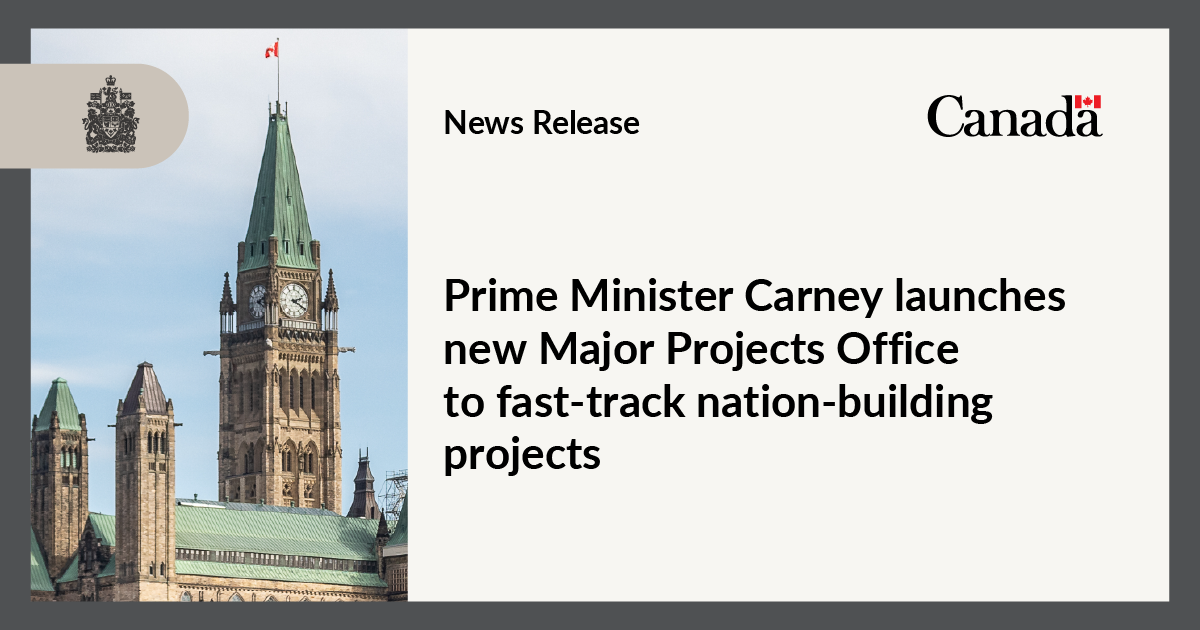This morning's piece from MMI has been rattling around my head all day. I don't know how they think of this stuff, some brilliant policy analysts there.
Halving DCs Won’t Survive the Political Math
- Development charges (DCs) need to come down, and the federal government’s plan to compensate municipalities to halve DCs is well-intentioned.
- The plan, however, would see almost all the compensation go to the Greater Vancouver and Toronto Areas (GVA and GTA), which is politically untenable.
- DCs in Ontario and BC are, in part, disproportionately higher than Alberta because of choices regarding how many services they allow their use for, and how extensively local municipalities choose to use this taxation capability. An across-the-board reduction does not account for this reality.
- DC relief will also be a problem if it only compensates municipalities. This would penalize jurisdictions, such as Edmonton, that have established municipal service corporations (MSCs) to handle infrastructure planning and financing, thereby limiting the need for or use of DCs.
- Any federal program will also have to account for all available growth funding tools, not just DCs, to be vigilant that municipalities do not use alternative housing taxes to make up for lost funding from reduced DCs.
- There are ways to create DC reduction plans that are regionally fair. The most productive place to focus on addressing DCs is where there is the most universal applicability, like with enhancing the gas tax or promoting the adoption of direct-to-buyer DC policies, among other options.
A chart comparing DC service eligibility by province is going to necessitate glossing over some nuances, but three things become immediately apparent from our
Development Charge service eligibility chart (Figure 1):
- Ontario allows DCs to be used for a wider range of services compared to either Alberta or BC.
- Alberta limits its use more than either Ontario or BC, particularly with big-ticket, hard infrastructure items like transit and solid waste.
- How few similarities in service eligibility there are between these three provinces altogether.
While there is more similarity between provinces in hard infrastructure than in soft, even within this service category, there are significant differences between just three provinces. Additionally, not all municipalities take advantage of every service for which they are eligible to collect DCs, or when they do collect them, they may not utilize them to the same extent as a peer does for the same service.
For example, Alberta only allows DCs² to be collected for a very narrow set of services, but also gives
Calgary and
Edmonton a wide latitude to define for themselves what infrastructure DCs can be collected for.
Calgary exercises its powers to charge DCs for services like transit, which other municipalities in Alberta can’t set a fee for, while
Edmonton doesn’t use its expansive authority at all, solely collecting for
fire infrastructure, which any municipality in Alberta can do.






